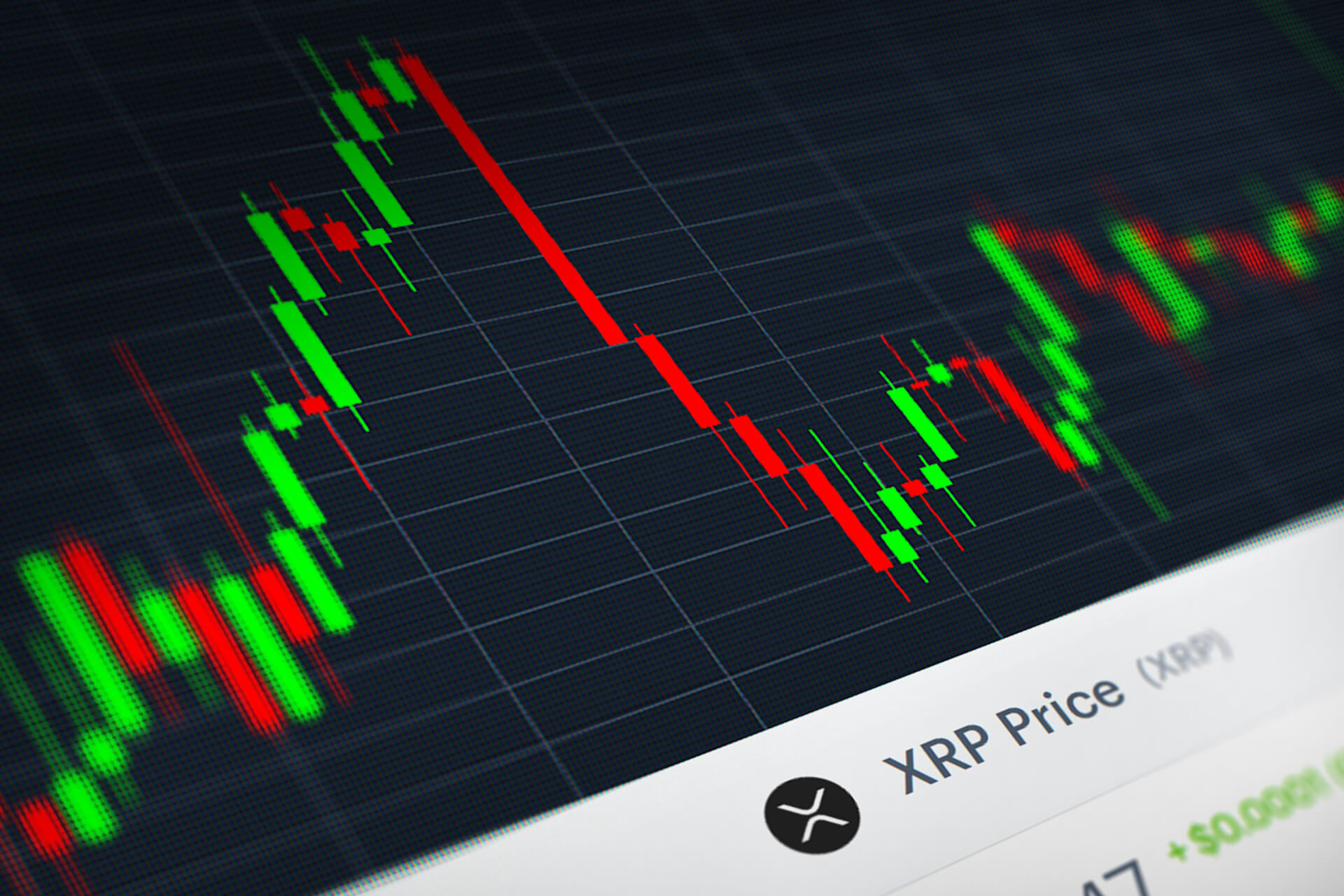What Is XRP Cryptocurrency? A Beginner's Guide

Table of Contents
XRP, the native cryptocurrency of the Ripple network, is a digital asset that often sparks curiosity and confusion. Unlike Bitcoin or Ethereum, XRP's primary purpose isn't solely as a store of value or platform for decentralized applications (dApps). Instead, it's designed to facilitate fast and low-cost international money transfers. This beginner's guide will unravel the mysteries surrounding XRP, explaining its core functionalities, how it operates, and its position within the broader cryptocurrency landscape. We'll explore its potential, but also address the significant legal challenges it faces.
Understanding the Ripple Network and XRP's Role
The Ripple network is a real-time gross settlement system (RTGS), currency exchange, and remittance network. It's designed to be a payment processing system primarily for financial institutions, offering a solution for quick and efficient cross-border transactions. XRP plays a crucial role within this network; it acts as a bridge currency, enabling the seamless exchange of various fiat currencies (like USD, EUR, JPY) without needing direct pairings. This significantly streamlines the process.
- Reduces transaction fees and processing times: Compared to traditional SWIFT transfers, XRP transactions are considerably faster and cheaper, cutting down on operational costs for banks and other financial institutions.
- Facilitates instant settlement of payments: XRP allows for near-instantaneous settlement of payments, eliminating the delays often associated with international banking.
- Uses a distributed ledger technology (DLT): While similar to blockchain in some aspects, the XRP Ledger (XRPL) has key differences, including a different consensus mechanism and a more centralized structure than many other cryptocurrencies. This centralized aspect is a key point of contention in ongoing legal battles.
Key Differences Between XRP and Other Cryptocurrencies
XRP distinguishes itself from cryptocurrencies like Bitcoin and Ethereum in several fundamental ways. Unlike Bitcoin, which uses a proof-of-work consensus mechanism, or Ethereum’s proof-of-stake, XRP operates on a unique consensus mechanism. Its primary purpose isn't as a decentralized store of value or a platform for smart contracts. Instead, it’s focused on enabling efficient payments.
- XRP's focus on institutional adoption and scalability: Ripple Labs, the company behind XRP, actively targets large financial institutions, aiming to integrate XRP into their existing infrastructure for faster and more cost-effective international payments.
- Faster transaction speeds and lower energy consumption: XRP boasts significantly faster transaction speeds and considerably lower energy consumption compared to proof-of-work cryptocurrencies like Bitcoin.
- The role of Ripple Labs: Ripple Labs' involvement and control over the XRP Ledger differentiates it from truly decentralized cryptocurrencies. This centralized aspect is a key factor in the ongoing legal challenges faced by Ripple.
How to Buy, Store, and Use XRP
Acquiring, securing, and using XRP involves steps similar to other cryptocurrencies, but with some nuances. Purchasing XRP usually happens through cryptocurrency exchanges. Secure storage is paramount.
- Popular exchanges for XRP trading: Many popular exchanges, including Coinbase, Binance, and Kraken (check availability in your region), support XRP trading. Always verify the exchange's legitimacy and security features before trading.
- Secure storage options: Hardware wallets (like Ledger or Trezor) offer the highest level of security. Software wallets are also an option, but they carry a higher risk of hacking.
- Sending and receiving XRP: The process is relatively straightforward, similar to sending and receiving other cryptocurrencies; you'll need the recipient's XRP address. However, widespread adoption for direct XRP payments is still limited.
The Future of XRP and Potential Risks
The future of XRP is uncertain, primarily due to the ongoing legal battle with the Securities and Exchange Commission (SEC). This lawsuit alleges that XRP is an unregistered security. The outcome of this case will significantly impact XRP's future and price.
- The SEC lawsuit: The SEC lawsuit against Ripple casts a significant shadow on XRP's future. A negative outcome could severely hinder its adoption.
- Potential for increased adoption: Despite the legal challenges, some financial institutions continue to explore XRP's potential for faster and cheaper cross-border payments.
- Investment risks: Investing in XRP carries significant risks, including price volatility and regulatory uncertainty. Always conduct thorough research and only invest what you can afford to lose.
Conclusion
This guide has provided a comprehensive overview of XRP cryptocurrency, examining its role within the Ripple network, its unique characteristics compared to other digital assets, and its potential future, which is significantly influenced by regulatory issues and ongoing litigation. While XRP offers the potential for faster and more cost-effective international transactions, understanding the existing regulatory challenges and inherent risks associated with investing in any cryptocurrency, including XRP, is crucial.
Call to Action: Ready to delve deeper into the world of XRP and its place in the future of finance? Continue your research and explore reputable sources to make informed decisions about XRP cryptocurrency. Remember to always conduct thorough due diligence before investing.

Featured Posts
-
 Perfect Crab Stuffed Shrimp In Rich Lobster Sauce
May 02, 2025
Perfect Crab Stuffed Shrimp In Rich Lobster Sauce
May 02, 2025 -
 Lawless Update Fortnite Server Downtime And Maintenance
May 02, 2025
Lawless Update Fortnite Server Downtime And Maintenance
May 02, 2025 -
 Xrp Up 400 In Q Insert Quarter Investment Opportunity Or Risk
May 02, 2025
Xrp Up 400 In Q Insert Quarter Investment Opportunity Or Risk
May 02, 2025 -
 Kshmyr Ke Hq Khwd Aradyt Ke Lye Ywm Ykjhty Ka Azhar
May 02, 2025
Kshmyr Ke Hq Khwd Aradyt Ke Lye Ywm Ykjhty Ka Azhar
May 02, 2025 -
 Veteran Actress Priscilla Pointer Passes Away At Age 100
May 02, 2025
Veteran Actress Priscilla Pointer Passes Away At Age 100
May 02, 2025
